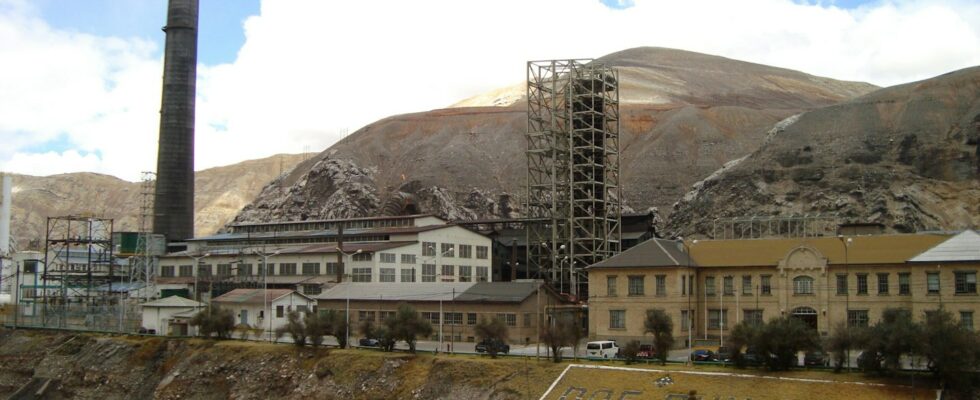La Oroya has been called one of the world’s most polluted cities. The city with approx. Peru’s 33,000 inhabitants are home to a factory, which in its heyday was one of the largest of its kind in Latin America. Copper, zinc, lead, gold and other minerals were processed here, which is why the inhabitants have been exposed to large quantities of toxic substances. The state of Peru was to ensure that the city’s inhabitants were not exposed to the pollution. The Inter-American Court of Human Rights has established that. In a decision from March 22, it is stated that: Peru is guilty of violating the rights of its citizens, because they have been exposed to unsafe amounts of toxic pollution for generations. – The decision in the case of La Oroya is very important from an environmental perspective, because it takes into account the right to a healthy environment, the right to water, the right to clean air. That’s what Rosa Peña, who is one of the lawyers who has represented the residents of La Oroya, says. She comes from the environmental organization the Interamerican Association for Environmental Defense, AIDA. Applause, tears and hugs In practice, the decision means that 80 of La Oroya’s residents will receive compensation of up to 30,000 dollars each, and that the next of kin of two people who died from the pollution will receive 65,000 dollars in compensation. The state must also provide free health care to citizens if they are affected by pollution. Rosa Peña says that the decision was greeted with cheers. – We decided to hold a meeting with the families, where we could hear the decision in court together. That morning there was great applause, tears and many hugs. They think that the court had ensured justice and a solution to several years of struggle, she says. Although only 80 people will receive compensation, the verdict is important for far more people. David Boyd is the UN’s rapporteur for human rights and the environment, and in a written statement about the trial he writes that the decision is “the strongest and most comprehensive decision in a regional human rights court to date” – It not only provides long-awaited environmental justice for the residents of La Oroya in Peru, it also sets an important precedent that will be used by concerned citizens, communities, courts and advocates for environmental and human rights throughout the world, it continues. Lawyer Rosa Peña agrees. – We hope that the decision will inspire other courts and people. We hope people will take note of it, she says. Too much lead in the blood The factory, La Oroya Metallurgical Complex, which is the cause of the extensive pollution in the city, has been there for several generations. It first opened its doors in the 1920s, but in 1997 the company Doe Run took over the operation and until the company went bankrupt in 2009, both water, soil and air became very polluted. Therefore, the people in the area are exposed to both lead and other harmful substances such as arsenic, cadmium and sulfur dioxide. It has therefore spread beyond the locals. According to a report from the human rights organization the International Federation for Human Rights, FIDH, there have been several investigations into the health of the inhabitants during the years that the factory was active. The surveys have shown, among other things, that the majority of children in the city had elevated amounts of lead in their blood. Toxic substances such as arsenic and cadmium were also found in elevated quantities among the inhabitants, which can lead to kidney damage, lung cancer and many other diseases, among other things. A difficult dilemma When Doe Run went bankrupt in 2009, the factory closed. But last year locals in the city took the company back, and now the factory has partially restarted. Rosa Peña explains that it is a difficult situation for the locals. On the one hand, the factory has led to major problems with pollution, but on the other hand it is difficult to find jobs and work in the factory has been an important source of income for many. – It is not easy when the only way to make money is through the factory, she says. But what we see is that the situation is different from 20 years ago. It is a new generation and people are more aware of environmental pollution and climate issues. The decision in the human rights court not only established that the inhabitants of the city should be compensated, but also that it is the responsibility of the state of Peru that the factory complies with stricter rules for how much pollution the factory can cause. – The state has to help the factory to comply with legal standards. We don’t know how, but we know that the situation cannot be the same as it was in 2009, says Rosa Peña.
ttn-70
The residents of one of the world’s most polluted cities have received “the strongest and most comprehensive decision”

